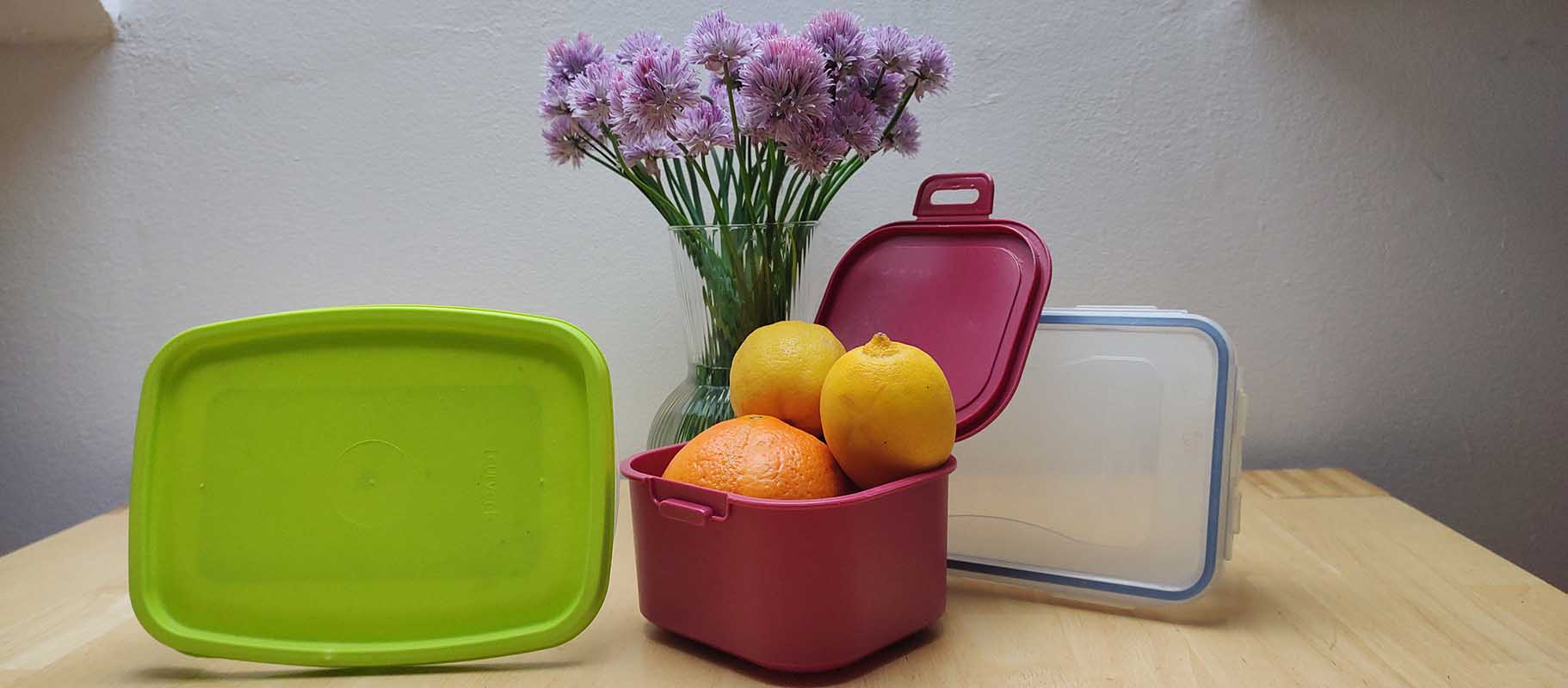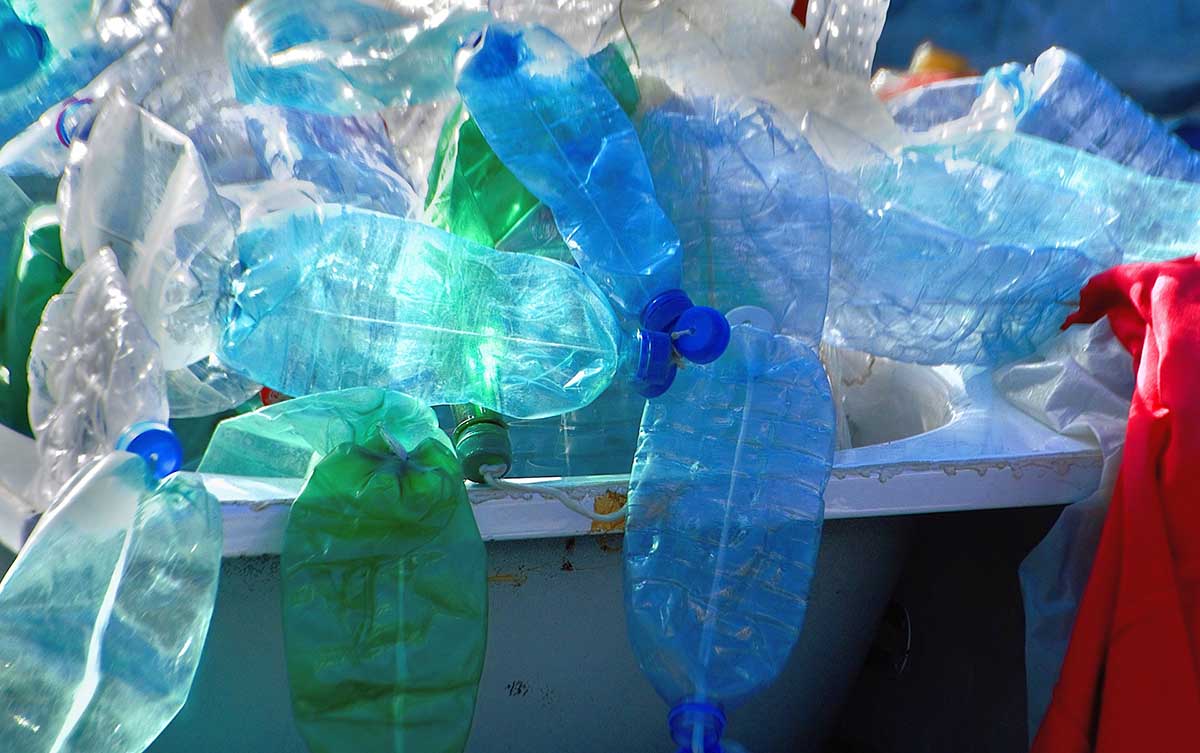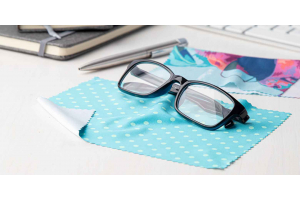We use cookies to make your experience better. To comply with the new e-Privacy directive, we need to ask for your consent to set the cookies. Learn more.

BPA Free does not mean the product is safe!
The plastic in which they sell us food is different. Differences in some materials are more dangerous than others. In the article I try to explore whether the plastics we use today are safe.
What's wrong with BPA?
In 2008, a report was issued in the United States categorizing BPA as a substance that is dangerous to humans. Bisphenol-A may affect development prostate and breast cancer, behavioral disorders, etc. In the following years, scientists delved even deeper into this poison and found that it also affects brain and DNA. BPA is a hormone disruptor and as such causes quite a few serious consequences.

What did they replace BPA with?
Manufacturers quickly found and synthesized new compounds that replaced BPA. Are these compounds safer? We can only hope and time will be real an indicator of what is good and what is toxic. It takes time and money to make all the studies on materials and harmful effects on humans.
What now?
Man is supposed to avoid plastics labeled # 3 (PVC), # 6 (polystyrene) and # 7 (polycarbonate). But how? They are already in today’s plastic world primary school students found plastic particles in Slovenian rivers. At home, we try to avoid plastics where possible - especially in contact with food. Even more we trust glass, porcelain and ceramics ... But there are standards that sometimes protect us from falling behind with modern research or simply ridiculous. When reviewing the laboratory tests required to import certain products that come in contact with nutrients, one wonders why some products are even allowed. Some substances are not banned but have a certain limit to which they are acceptable. It is impossible to believe that some plastic does not harm a person. Namely, no one deliberately eats plastic: in addition, there is the question of where to find a sufficient number of candidates for research.
Suppliers and importers sometimes overtake after turns, which quickly leads to detrimental effects on health, for which we will find it difficult to find a source of poisoning. In the hope that a customer will pass a test on their part, laboratories often make rules. The product is tested before finishing or only partially tested, which is enough for an overburdened customs officer. The problem with plastics is that over time they react to the content they hold. This means that the plastic is slowly transferred to the drink we consume. The effects of the environment in which plastic products are located have also not been tested. In severe cold or heat, exposed to UV light, mechanical damage, etc.

Natural plastic?
Plastic made from corn or other plants is not much less dangerous. Also, various elements are released from this plastic, which eventually land in the human body.
Some companies are always on the hunt for the next gold material. A larger company engaged in the production of plastics is developing plastics that will not leak elements. Whichever way the situation turns, we need to reduce plastic consumption. We have already released hundreds of tons of plastic into the sea, which decomposes into calm plastic, which pulls the current to the very bottom of the estimates, where it mixes into the biotic system. There are a few projects that want to restore the seas to their recent beauty.We are cheering for these people and we are also trying to contribute in our own way to the battle for a better environment.










